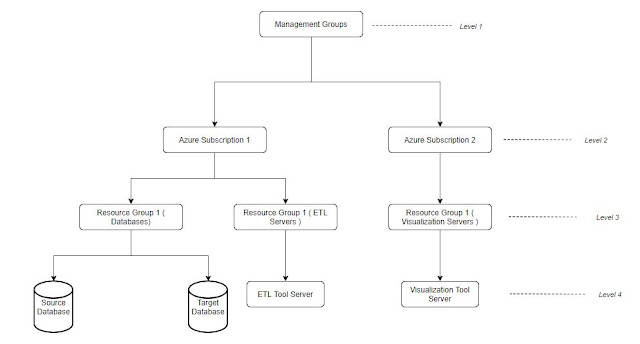Recently I tried out creating my first Azure free account to play around the portal and prepare for the 'AZ-900' fundamentals certification. Below are the steps to create your own, it's really easy, however you require a few prerequisites upfront.
Prerequisites to create an Azure free account,
- A valid working Phone number.
- A valid Credit/Debit Card.
- A Microsoft Account username.
First you need a Microsoft Account, I already had one as I use a secondary outlook account. If you don't have one it is really easy to create, you can create one here at
https://account.microsoft.com/account?lang=en-hk .
Secondly you need to have a valid Credit/Debit Card, This is mandatory, I was charged Rs 2, when I signed up. Other than this nominal fee, Microsoft doesn't charge you unless you allow it to. If you exhaust up your resources, you will be asked if you need an upgrade, if you opt for one, you will be charged based on the plan you opted for. So for people looking to create a new account, this shouldn't be a worry/deterrent.
Thirdly, you need to have a valid phone number which is associated to your Microsoft account, this is where you receive a One Time Password(OTP) which you have to provide during the sign-up process.
This will take you to a new form page, where you have to give details across four sub sections,
About you, Identity verification by Phone, Verification by Card, and Agreement.
About you
In About you section, basic details are requested for, from First Name, Last Name, Email Address, Phone Number and Organization. See screenshot below,
Here PAN ID is optional.
Verification by Phone,
In the second section, you have to verify your mobile number with a one-time-password (OTP) send to your mobile number.
Identity Verification by Card
This is where you have verify your identity, by providing your Debit/Credit card details.
I was charged a very nominal Rs 2, while creating the account.
Sign Agreeement
That's it, once you are done. You can login to your free account and start exploring. Happy learning everyone.

















